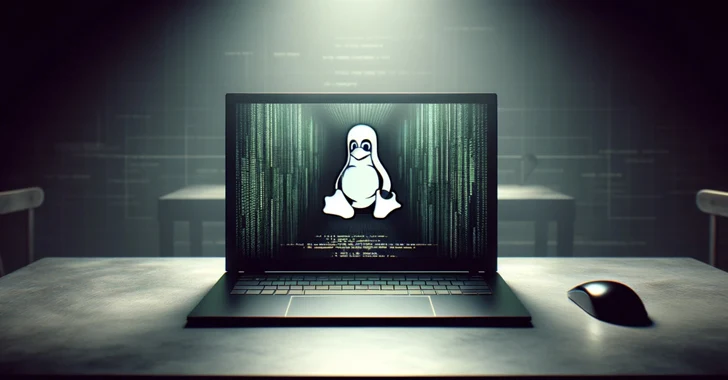Linux 5.2
Linux creator Linus Torvalds has released the latest kernel Linux 5.2 on its expected release date. The 5.2 kernel is here after the usual seven Release Candidate and development efforts of Linux developers spread all across the world.
In his release announcement, Linus wrote that he was inclined towards delaying the kernel release for another week due to his travels, but the week turned out to be a quiet one in terms of pull requests — probably due to the July 4th.
Moving on to the new features and changes in Linux kernel 5.2, the biggest one comes in the form of inclusion of Sound Open Firmware. Backed by Google and Intel, this project aims to create open source firmware for audio DSPs (Digital Signal Processing).
Kernel 5.2 release includes open source firmware for many Intel chips such as Cherry Trail, Broadwell, Cannon Lake, Ice Lake, etc.

Kernel 5.2 also continues to add more speculative execution bug fixes for Intel CPUs. There are new GPU drivers as well for ARM Mali devices.
Apart from these changes, kernel 5.2 comes with the usual bug fixes for different drivers, better hardware support for new and older hardware, and better display performance.
You can read the complete Linux kernel 5.2 feature rundown here on Kernel Newbies and grab the 5.2 tarball from here.
Debian 10 “buster”
Moving on to the biggest Linux news of the last week, The Debian Project has finally released a new stable version Debian 10 “buster.” This product of 25 months of development work is a long term release, which will be supported for the next five years.
It’s interesting to note that Debian 10 continues to support the 32-bit architecture, something that’s becoming increasingly rare in the world of popular Linux distros.
Given that Debian, also known as the Universal Operating System, serves as a base for many popular projects, it’s encouraging to see 32-bit architecture getting a confirmed 5 years support.

While I won’t go into the details of all the new features, it’s important to mention that now GNOME uses the Wayland display server as default instead of Xorg. It makes sense, given the increasing Wayland adoption in the industry and its advantages over Xorg.
You can read Debian’s official blog post that mentions all the other major changes and lists the updated packages.
In case you’re interested in trying out Debian 10 “buster,” you can download the official installation media via direct download method or P2P/BitTorrent. Moreover, Debian also lets you choose from a variety of desktops like GNOME, KDE Plasma, MATE, Xfce, LXDE, and LXQt.
Did you find Debian 10 and Linux 5.2 releases interesting? Share your views with us and keep reading Fossbytes.










